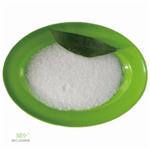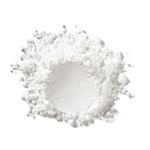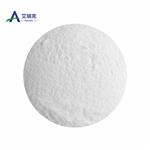DL-Lactide is used to produce 2-hydroxy-propionic acid 1-(1-phenyl-ethoxycarbonyl)-ethyl ester. It acts as an important raw material and an intermediate used in organic synthesis, pharmaceuticals, agrochemicals and dyes. It is involved in enzymatic alcoholysis to produce both alkyl (R)-lactates and alkyl (S,S)-lactyllactates.DL-Lactide is often used as a protective layer in wound coatings, or as anchors, screws or mesh in surgery, since it degrades in about six months to the innocuous lactic acid.
DL-Lactide is used to produce 2-hydroxy-propionic acid 1-(1-phenyl-ethoxycarbonyl)-ethyl ester. It acts as an important raw material and an intermediate used in organic synthesis, pharmaceuticals, agrochemicals and dyes. It is involved in enzymatic alcoholysis to produce both alkyl (R)-lactates and alkyl (S,S)-lactyllactates.
Enzymatic alcoholysis of this racemic lactide catalyzed by commercial Novozym® 435 produces both alkyl (R)-lactates and alkyl (S,S)-lactyllactates in good yield and high enantiopurity.
ChEBI: Lactide is a member of dioxanes.
3,6-Dimethyl-1,4-dioxane-2,5-dione (or rac-lactide), is the 50:50 racemic mixture of D- and L-Lactide. Rac-lactide is a lactone derived from lactic acid that has attracted great interest in academia and commercial applications, as it is derived from abundant renewable resources. Rac-lactide can be ready polymerized via ring-opening polymerization, using a variety of metal or organocatalysts, yielding poly(D,L-lactide). While the resulting polymer is generally amorphous, the use of stereospecific catalysts can lead to heterotactic PLA, which exhibits some degree of crystallinity.
Flammability and Explosibility
Non flammable



